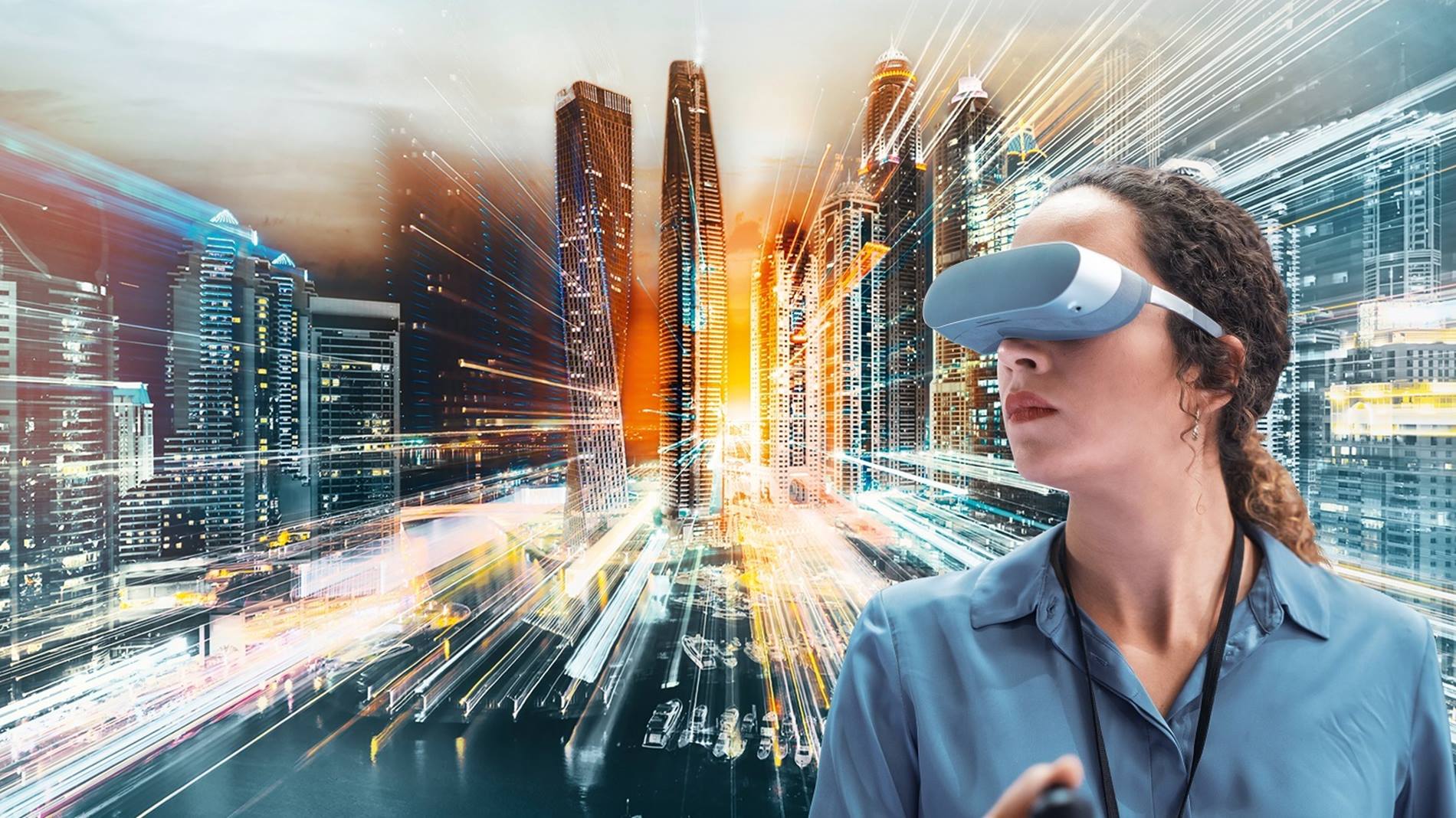What is already possible today: How KUKA is using the technology
Applications for the industrial metaverse arise along the entire value creation chain. The goal is often to simulate and optimize processes already in a virtual setting, or to be able to carry out servicing and assembly training in complex environments in the metaverse.















